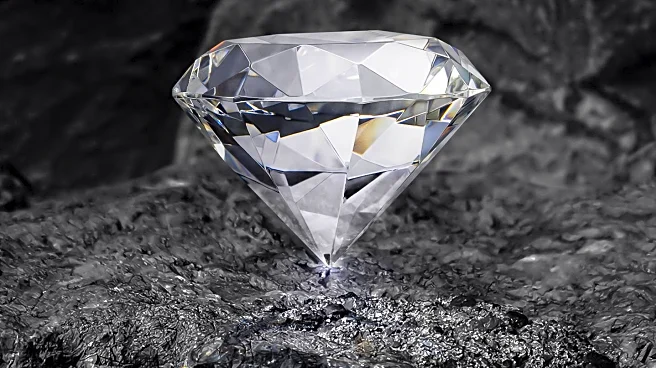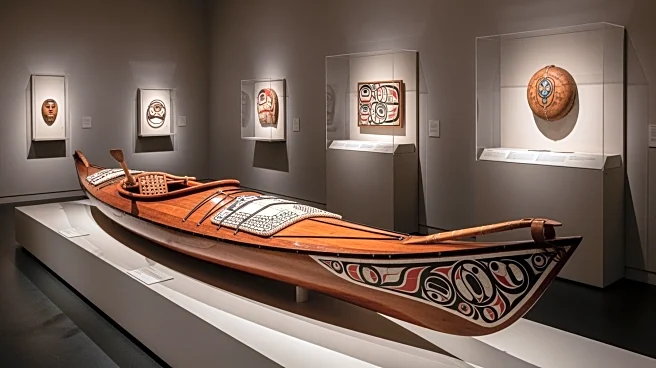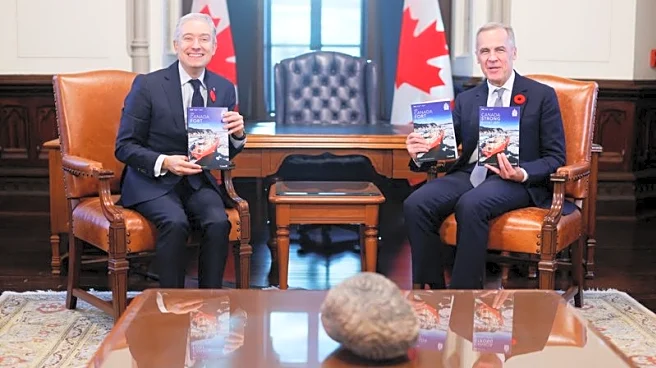What's Happening?
The Austrian royal family has disclosed the location of the Florentine Diamond, a 137-carat jewel originally owned by the Medici family, which was thought to be lost since 1918. The diamond was secretly kept in a vault in Canada by the Habsburg family, following
the end of their dynasty after World War I. Karl von Habsburg-Lothringen, the grandson of Emperor Charles I, revealed that the diamond was transported to Canada by Empress Zita in a cardboard suitcase. The family maintained secrecy about the diamond's location for over 100 years, passing the knowledge down through generations. The diamond is now set to be displayed in Canada, where the family sought refuge during World War II.
Why It's Important?
The revelation of the Florentine Diamond's location ends decades of speculation and mystery surrounding its fate. This disclosure not only resolves a historical enigma but also highlights the Habsburg family's efforts to preserve their heritage amidst political upheaval. The decision to display the diamond in Canada underscores the family's gratitude towards the country that provided them refuge during a tumultuous period. This event may also spark renewed interest in historical artifacts and their preservation, influencing museums and collectors worldwide.
What's Next?
The Habsburg family plans to exhibit the Florentine Diamond and other royal jewels in Canada, potentially attracting significant public and scholarly interest. This exhibition could lead to collaborations with historians and jewel experts to further explore the diamond's history and significance. Additionally, the revelation may prompt other families with historical artifacts to disclose their treasures, enriching cultural heritage and historical knowledge.
Beyond the Headlines
The ethical considerations of keeping such a significant artifact hidden for over a century raise questions about the responsibilities of preserving and sharing cultural heritage. The family's decision to reveal the diamond now may reflect changing attitudes towards transparency and public access to historical treasures. This event could influence how other historical artifacts are managed and displayed, promoting a broader understanding of cultural preservation.
















